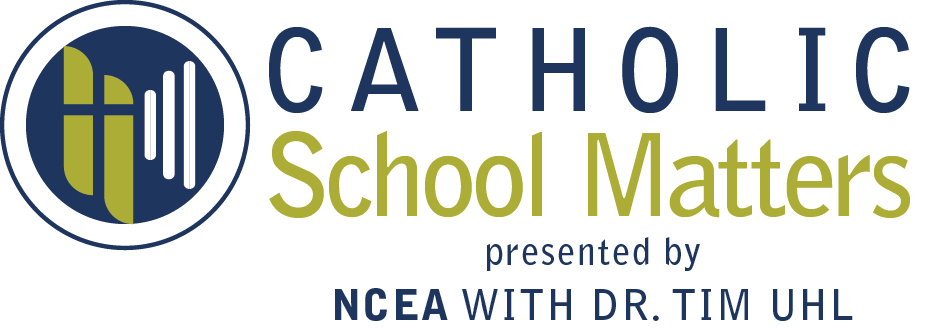The Tax Reform bill has brought 529 plans into the fore. 529 plans were previously only available for college savings but are now available for private K-12. In simple terms, a 529 plan is similar to a Roth IRA—it’s post-tax dollars set aside for education expenses where the earnings cannot be taxed. Here’s a short description offered by CAPE in their January newsletter and the IRS guidance as well as a New York Times article which explores different scenarios.
This new provision can benefit every Catholic school if school leaders undertake the task of educating parents and connecting them to financial advisers. Down the road, it is hoped that donations can be made to individual 529 plans from scholarship funds (they can currently only be made post-tax from individuals).
Since our Catholic schools are so different with so many different levels of poverty/affluence, the most important task is to educate parents about what a 529 plan is and to connect them with a local financial adviser. Perhaps that adviser might be willing to offer you material for your newsletter and offer a workshop. Ideally, you might have financial advisers in your parent population who might be willing to set up plans at a discounted rate. There is no minimum amount to set up a plan and even small monthly contributions can go a long way toward saving. Here’s an example of what another private school has produced.
Second, I believe discussions need to be formed in your school advisory councils to discuss how this new plan might affect marketing and planning. For example, take a look at a compounding interest calculator and if you have an Excel aficionado who would be willing to build a spreadsheet with tuition taken out and compounding interests and different contribution amounts, you’ll be on the right track.
Let’s look at a few scenarios:
- Family Donation. If a family member were to give $10,000 at time of birth to create a 529 account and the parents were to contribute $200 per month, the account (assuming 5% growth rate) would be nearly $93,000. This is a great way to show the value of compound interest and might be a great way to capture interest from grandparents and alumni. While this would be enough to cover the average K-12 education expenses, it’s not a fair demonstration because it doesn’t take into account how much the interest earnings would drop when tuition is deducted.
- Monthly Contribution.If parents began contributing $500 per month at the beginning of Kindergarten, assuming the same 5% interest would result in over $100,000 in earnings (again, when tuition is deducted, the total would shrink).
- Stairstep Tuition. What if schools made “entry” tuition lower to entice parents to set up 529 accounts and guarantee money for college? How would we get parents to commit for the many years? Could we trust parents? And how do we design this for parents who are paying less than full tuition?
The 529 opportunity surfaces many questions and problems. Now is the time to engage your parents and advisory bodies to seek innovative solutions in order to serve more families. If anyone creates a great Excel spreadsheet, let me know and I’ll share it out.
Happy New Year! After taking some time off, this issue is filled with lots of great articles. Here is the link to the January 7th newsletter.
The Top 5:
- There are two articles about Cardinal Law in the American Catholic News section. The articles put his life and failures in the context of our new reality in the Church.
- In the Leadership section, the first article about “No More Zeros” is a great piece on standards-based grading.
- In Teaching & Learning, the first article on “10 Creative Risks” should inspire teachers to try something new now. Not next year. Now.
- In the Miscellaneous section, the first article on the resulting fallacy was very interesting. How many times do we judge a decision based on its results? Sort of a “winners write the history” approach. Perhaps that’s not the right approach.
- I can’t shake the article entitled “Want to Be Happy? Think Like an Old Person.” It’s really stunning how these people find happiness even as their physical abilities diminish.
If you are a Catholic school principal, could you take this 1-minute survey about principal formation?
Have a great week!
